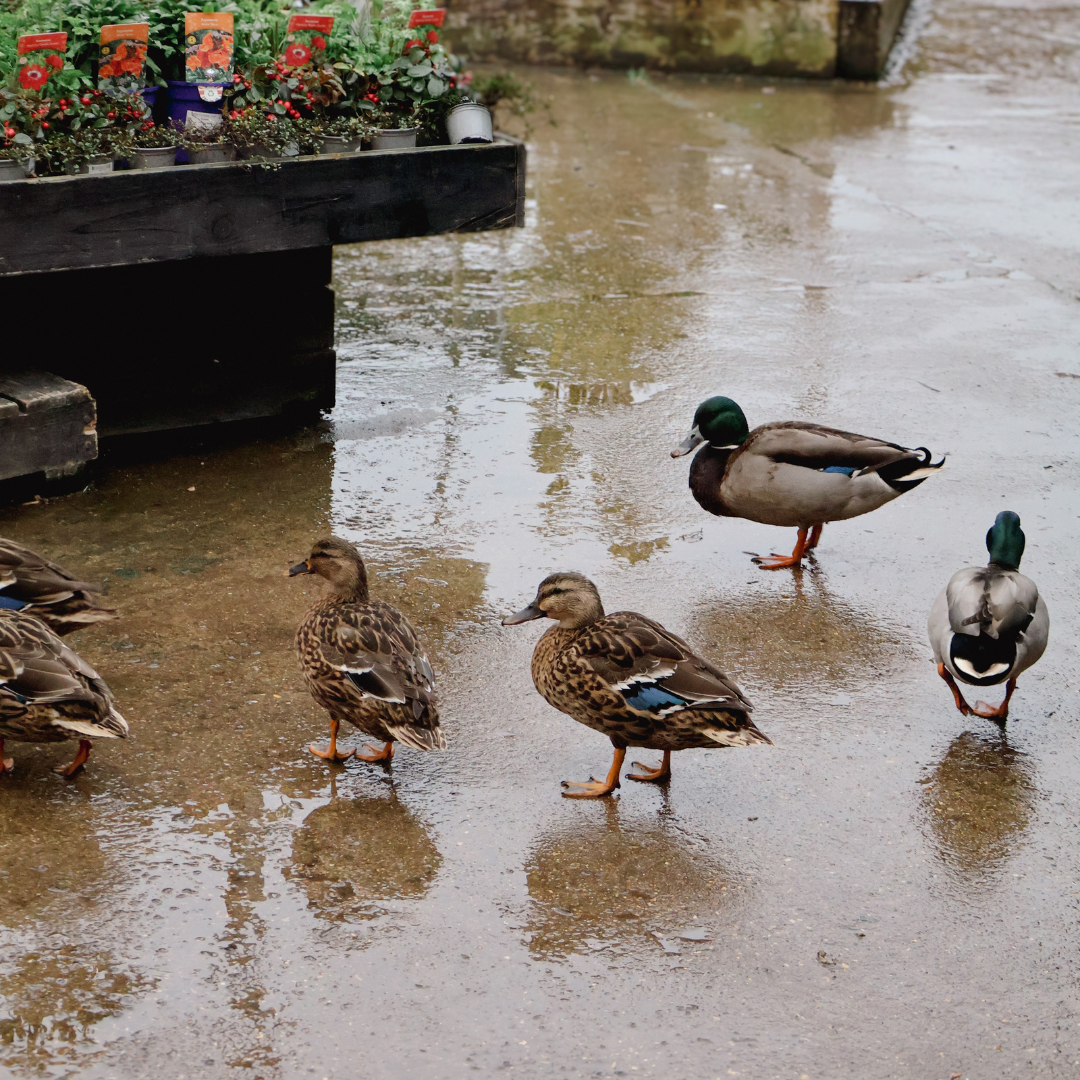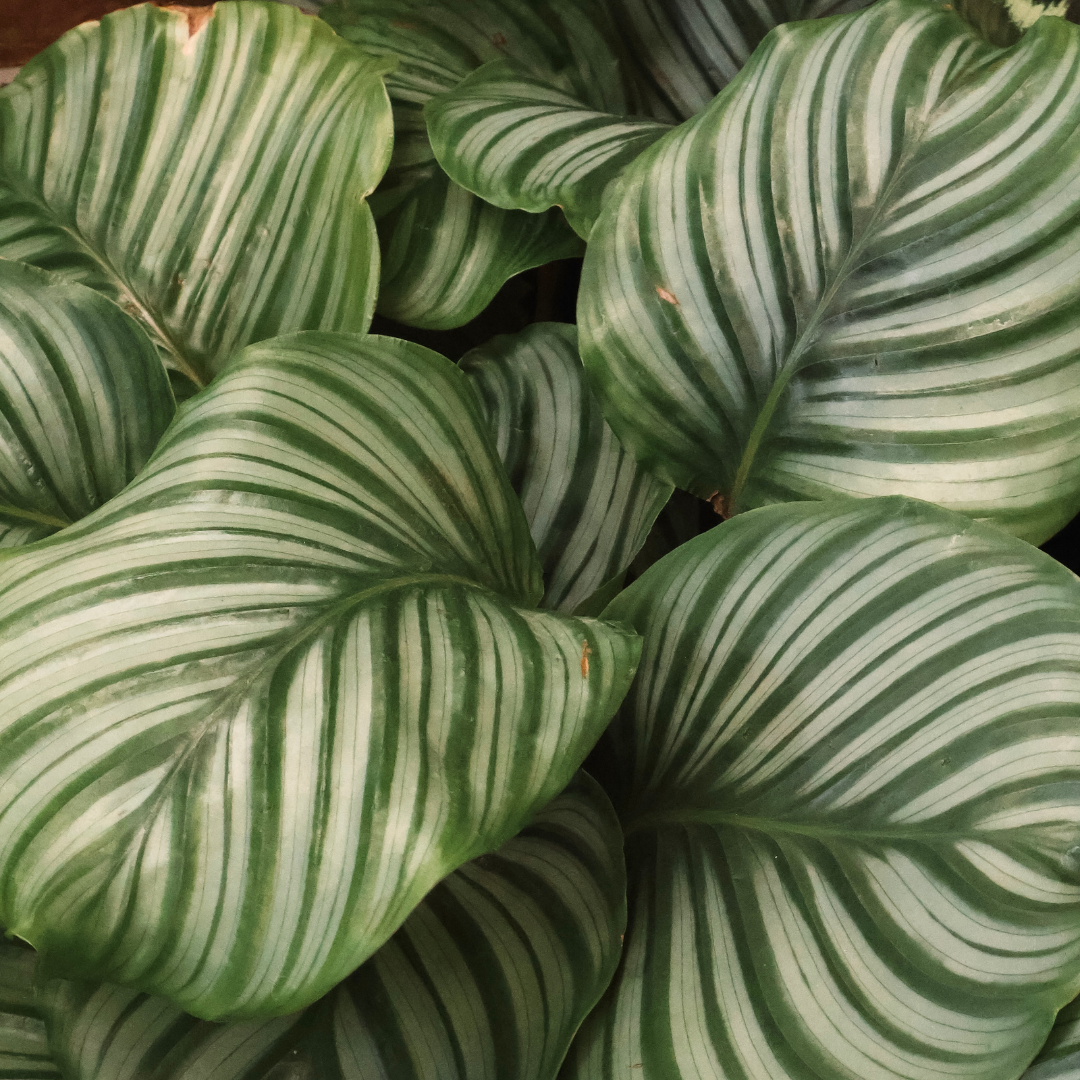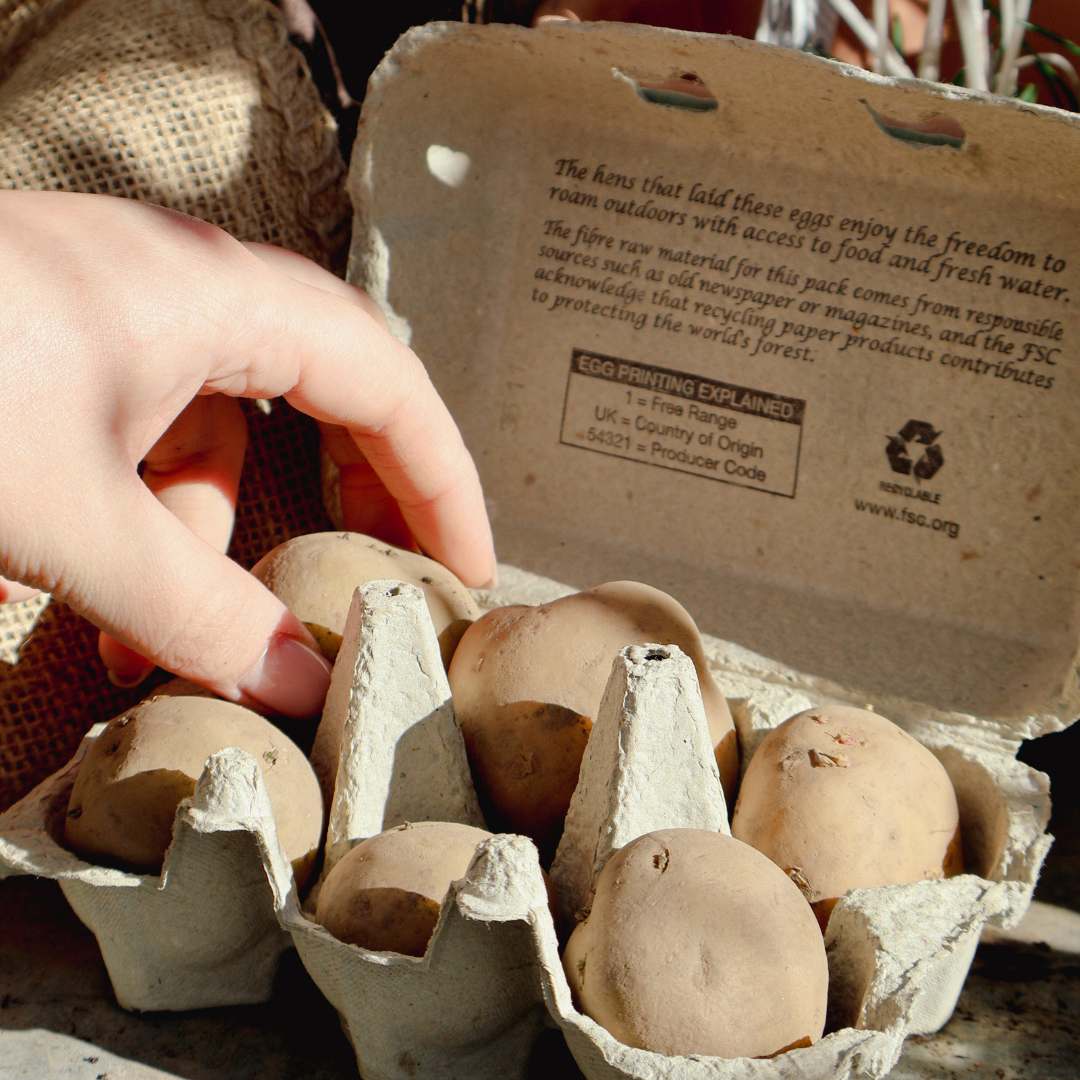Flower of the Month: March - Daffodils (Narcissus)

As winter finally gives way to spring, one flower that brings an unmistakable burst of sunshine to gardens across the UK in March is the daffodil. With their bright yellow petals and cheerful appearance, daffodils (Narcissus) are an iconic sign of spring’s arrival. They are easy to grow, low-maintenance, and versatile, making them a favourite among gardeners. Whether you’re an experienced gardener or just starting out, daffodils are a must-have for your garden this March.
Daffodils are one of the first flowers to bloom in spring, often emerging through the last remnants of winter's chill. Their vibrant yellow, white, or orange flowers are an immediate mood-lifter and a beautiful addition to any garden, whether it’s a small urban plot or a sprawling countryside space. Daffodils are known for their hardy nature and will often come back year after year, providing reliable beauty each spring.
Whatever the variety, daffodils are a symbol of renewal, hope, and new beginnings – the perfect flower to celebrate the arrival of spring.
When to Plant Daffodils
Daffodils are best planted in the autumn, typically from September to November, to ensure a vibrant spring bloom. However, if you didn’t get a chance to plant them in the fall, don’t worry – you can still plant daffodil bulbs in early spring (as long as the ground is not frozen). They may take a little longer to flower, but with patience, you’ll still get to enjoy their beautiful blooms.
Daffodils need a period of cold dormancy to trigger their flowering, which is why planting in autumn is ideal. However, if you’re planting them in March, aim to plant as soon as possible to give them the best chance to bloom in time for spring.

How to Care for Daffodils
Daffodils are relatively low-maintenance and are suitable for both novice and seasoned gardeners. Here’s how to care for them to ensure they thrive and come back year after year:
1. Planting Location
Daffodils love the sun, so choose a sunny spot for planting, although they will tolerate partial shade as well. They thrive in well-drained soil and will do best in areas that don't stay too wet. If you have heavy, clay-like soil, consider adding organic matter such as compost to improve drainage. Daffodils are also quite adaptable and can grow in a variety of garden types, from borders to woodland areas.
2. Soil Conditions
Daffodils prefer slightly acidic to neutral soil. Ensure that the ground is not waterlogged, as this can cause the bulbs to rot. If your soil tends to be heavy or poorly drained, planting daffodils in raised beds or containers can be an effective solution.
3. Planting Daffodil Bulbs
When planting daffodil bulbs, dig a hole about 12-15 cm deep (depending on the size of the bulb) and place the bulb with the pointed end facing upwards. Space the bulbs about 10-15 cm apart to allow room for growth. After planting, cover the bulbs with soil and water them in well to settle the soil around them. Once they’re planted, daffodils will begin to root and will typically bloom in 6-8 weeks after planting, depending on when they’re planted.

4. Watering and Feeding
Daffodils don’t require excessive watering but should be kept moist, especially during dry spells. Water the bulbs gently during the growing season, ensuring the soil stays consistently moist but not soggy. Once the flowers begin to fade, you can reduce watering.
For feeding, daffodils are generally low-maintenance, but a slow-release, general-purpose fertiliser in the spring can give them a boost. It’s important not to over-feed them, as they don’t need much. After flowering, avoid using fertiliser too close to the plant, as this can encourage unnecessary foliage growth instead of allowing the bulbs to store energy for the next year’s bloom.
5. Post-Bloom Care
After the daffodils have finished flowering, resist the urge to cut back the foliage immediately. The leaves need time to photosynthesize and gather nutrients for next year’s bloom. Leave the leaves to die back naturally, and only remove them once they have turned yellow or brown.
Some gardeners choose to deadhead the flowers after they’ve bloomed, which helps prevent seed production and encourages the plant to focus its energy on bulb growth. However, don’t cut back the foliage until it has completely withered.
6. Dividing and Spreading Daffodils
Over time, daffodil bulbs will multiply, forming larger clumps. Every few years, it’s a good idea to dig up the bulbs, separate them, and replant them to keep them healthy and ensure consistent blooming. The best time to divide daffodils is in late summer or early autumn when the plants are dormant.

7. Daffodils in Containers
If you’re limited on space or want to add daffodils to a balcony or patio, they do well in containers too. Simply follow the same planting guidelines, ensuring the container has good drainage. You may need to water them more frequently in containers, as they dry out faster than in-ground plantings.
Daffodils are a joyful and reliable flower that can bring colour and life to your garden each spring. With just a little planning, some basic care, and patience, you can enjoy these stunning blooms year after year. Whether you’re planting in March or preparing for the autumn planting season, daffodils are well worth the effort. Their striking appearance and cheerful nature will help usher in the spring season, making them the perfect "Flower of the Month" for March.




